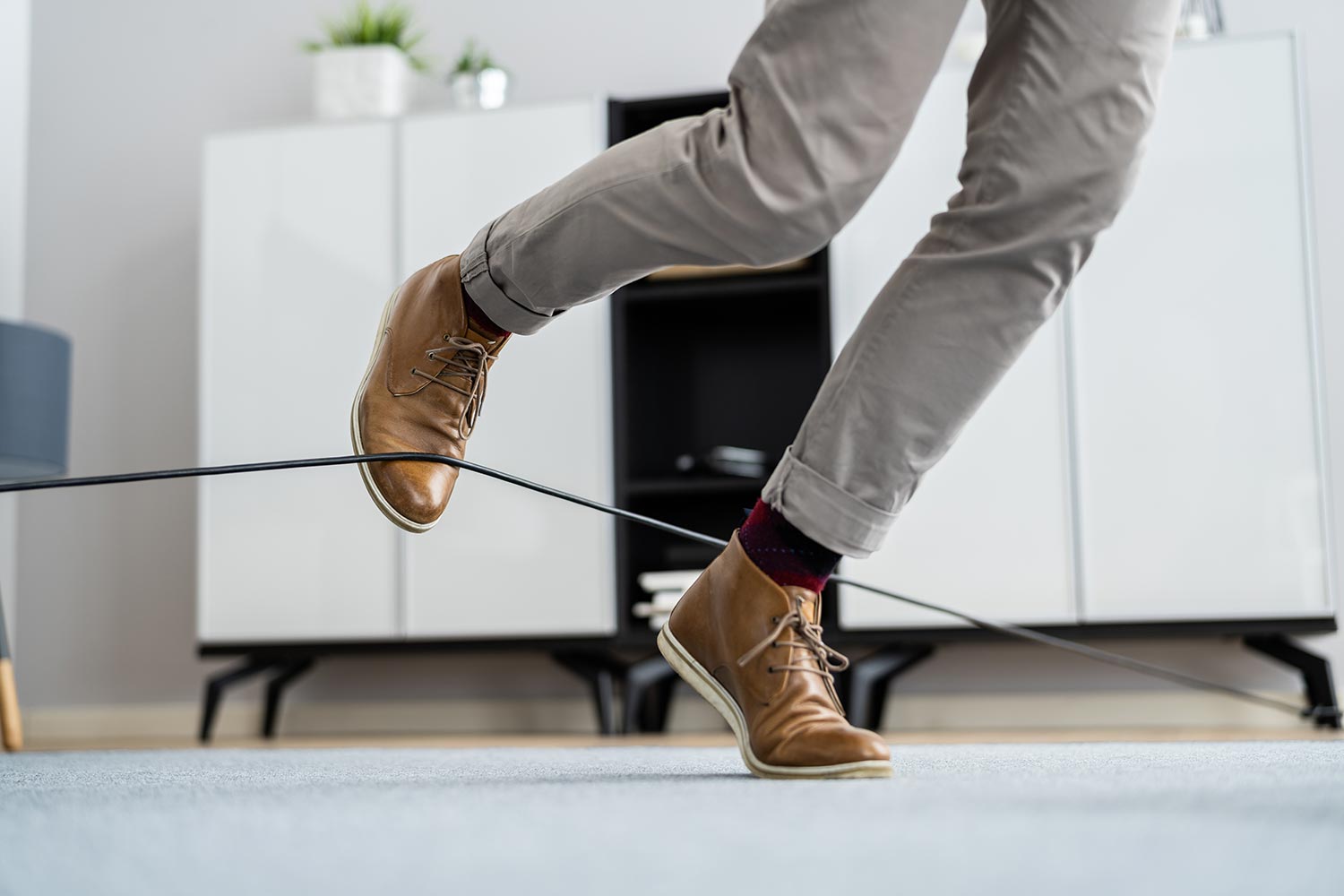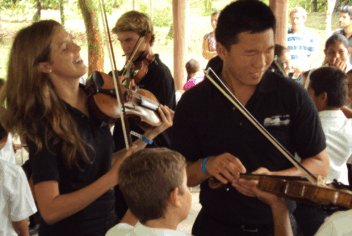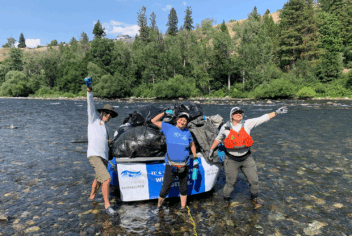If your nonprofit serves the community long enough, something like a slip-and-fall will probably happen at some point. We know this because these are one of the most common types of claims we see at NIA.
While insurance can help with these types of incidents, they can still create a lot of harm for your nonprofit — including damage to your reputation, stress on your staff, and a significant investment of time.
Take a moment to explore how your nonprofit can reduce its risk and liability for slip-and-fall incidents. Let’s look at a real claim NIA received and discuss what the nonprofit did that impacted the outcome of the claim.
The Nonprofit:
A nonprofit with a mission to provide non-emergency medical services in a small town in a northern climate. The organization had recently purchased — and begun operations in — a new facility.
The Incident:
After an appointment one winter morning, a patient reported slipping and falling on ice in the parking lot near the facility’s entrance, resulting in a concussion, some pain, and some reported memory loss.
A vendor, hired by the nonprofit, had plowed the parking lot the previous morning, but the contract did not include ice melt or salt treatment service, which resulted in ice being allowed to build up.
There was no video footage of the incident, as security cameras had not yet been installed.
The Legal Action:
The patient retained an attorney and filed a lawsuit against the nonprofit, seeking financial damages and medical costs.
In the lawsuit, the patient claimed that the nonprofit was not in compliance with state laws which require property owners (in this case, the nonprofit) to keep their parking lots clear of hazards like ice and snow.
The Coverage:
The nonprofit made a claim on their General Liability insurance policy, which provided the organization with defense counsel.
The Result:
Based on the defense counsel’s analysis of the claim’s liability strengths and weaknesses, along with the severity of injuries, NIA ultimately decided to settle the claim rather than take it to trial.
One of the major deciding factors was that the nonprofit’s efforts to remove snow and ice did not adequately address ice hazards in the parking area — either by the snow removal vendors or office staff — to sufficiently meet the organization’s legal responsibility.
What Did the Nonprofit Do Right?
- The nonprofit carried a General Liability insurance policy.
- A vendor was hired for snow removal on occasions with more than two inches of snow.
- The nonprofit’s office staff would spread ice melt on the sidewalk prior to patients arriving.
What Could the Nonprofit Improve?
Although the nonprofit did attempt to address some of the icy conditions on the site, these efforts were incomplete — leaving hazards intact and their legal duty to keep the parking area safe unmet.
For this nonprofit, these additional steps may have resulted in a better outcome, or helped prevent the incident altogether:
- Updating the contract with the snow removal vendor to include ice melt or salt treatment for the parking lot.
- Procedures for the office staff to spread ice melt in the parking lot as well as the sidewalks during snow/icy conditions.
- Installing security cameras in the parking area before opening to the public.
How Can Your Nonprofit Avoid This?
To help protect your nonprofit against slip-and-falls, first you need to identify where they are most likely to happen.
Water, leaves, and ice are your enemies here, so start by looking for places — inside or out — where those are more likely to create a slipping hazard, such as:
- Entrances, lobbies, etc.
- Parking areas
- Stairs
- Sidewalks
- Windows
- Restrooms
- Kitchens & laundry rooms
- Smooth walking surfaces
- Anyplace near sinks, faucets, hoses, sprinklers, etc.
Once you’ve identified your higher-risk areas, now it’s time to figure out how to prevent slip-and-falls before they happen. This can include:
- Procedures for quickly addressing spills and wet floors
- Prompt ice and snow removal
- Proper illumination on stairwells, walkways, etc.
- “Wet floor” signage
- Water-absorbing/anti-slip mats at entrances
- Regular snow/leaf/debris removal for outdoor areas
- Rain gutter and drainage maintenance
- Create a daily employee checklist of safety tasks
Document everything: Keep records of all regular maintenance and other prevention steps
Conclusion
Slip-and-falls can happen at any time and cause great harm to any organization, including reputational damage, stress on staff, and a significant time investment.
Protecting your nonprofit against slip-and-falls means you need to understand your responsibilities when it comes to safety, identify where safety risks exist, and establish practices and procedures to address those risks before an incident happens.
Doing this will help to create a culture of safety in your organization that can help you confidently serve your community for years to come.
From the Claims Files stories like the one above are intended to be informational in nature. Coverage will vary depending on language specific to your policy and your specific facts and circumstances.
Please contact your insurance broker and/or agent for your specific coverage implications based on your specific situation and follow any claims reporting procedures from your policy with your broker if there might be a claim.
Nothing in this story should be considered as legal advice or opinion and you should seek independent advice or legal counsel.





